Napoleons Dragoon regiments were in the midst of a tactical fork-in-the-road – the question to the general of the day was whether to use the dragoons as mounted infantry or medium cavalry. The Dragoons were traditionally cavalrymen who were armed with a Dragon a short-barrelled wheelock gun which often had a dragon-shaped head at the end of the barrel. From this gun comes the name Dragoon. In their earlier days, Frederick the Great used Dragoons to great effect as rapid-deployment infantrymen who would ride fast to seize high ground or plug gaps in a line – upon arrival they dismounted and fought as ordinary infantry.
Napoleon initially tried to use his Dragoons in such a manner, but became dissatisfied with their performance, for their hybrid role and equipment insured that they were both inferior foot soldiers and lackluster cavalrymen. He would later tactically re-found them as medium cavalrymen, of which they were better suited.
Of the thirty Dragoon regiments in the French Empire, 24 were stationed in Spain after Napoleons conquest. Only a handful of regiments accompanied him against Austria and to Russia. After Napoleons Russian debacle, he had lost 14 regiments of his elite cuirassier heavy cavalry. Short of hard-hitting cavalry he called forth much of the Spanish Dragoon regiments and had them hastily equipped as stop-gap heavy cavalrymen for his next, fateful move; Leipzig.
The Dragoon sword of Napoleons Grande Arm was very similar to the heavy cavalry blade issued to the Cuirassier regiments – Dragoons began to be equipped with it in 1805. A long, straight blade, the swords of this type were typically used in a lance-like fashion during a charge with predictably fatal effects when all the kinetic energy of rider and horse slew the opponent on blade tip. After the charge, the broad blade with its thick-spine and overall heft is documented as being used with terrific chopping force by skilled users.
This AN XII Pattern Dragoon Sword has a blade made from unsharpened, tempered high carbon steel. The hilt is of brass and the grip is leather with inlaid brass wire. The blade bears the reproduced signature of Klingenthal – the state-run sword manufactory of the French Empire. The base of the blade and hilt are marked with the recreated stampings of the state blade inspectors. It comes with a wood core scabbard covered in black leather and with brass accents and hanging rings.



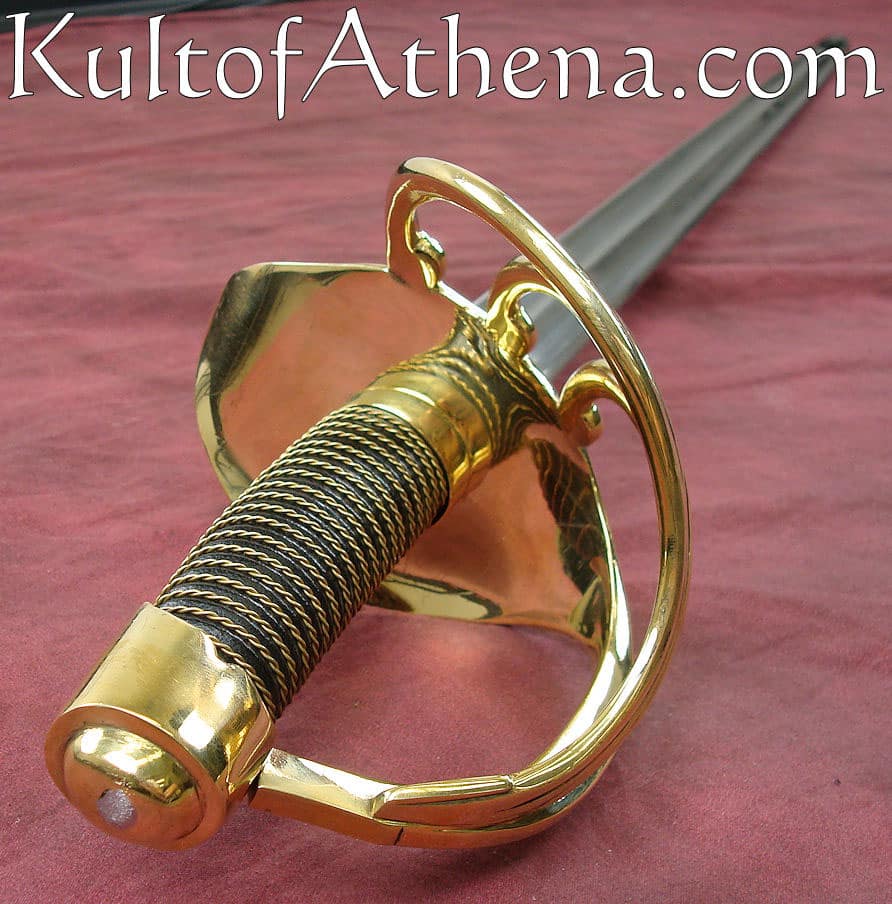

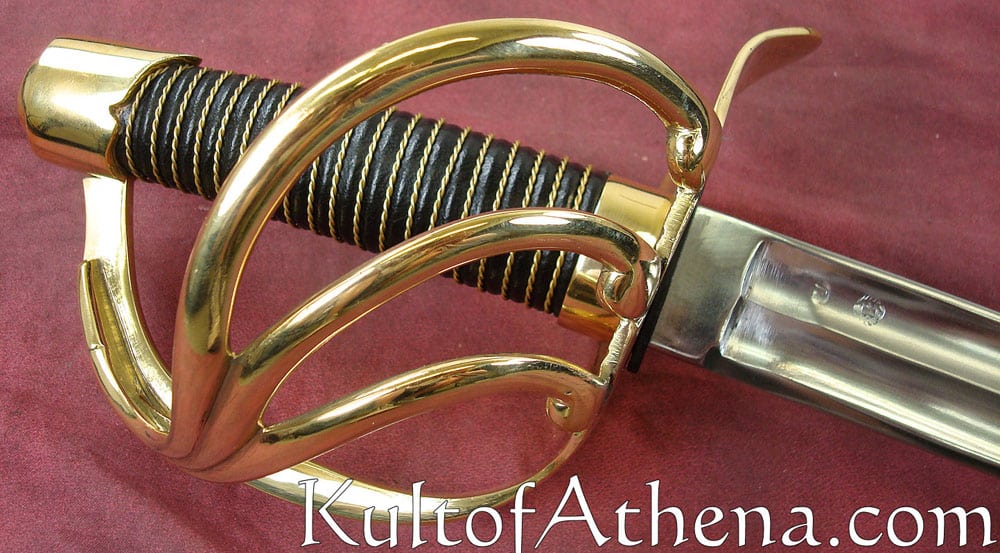

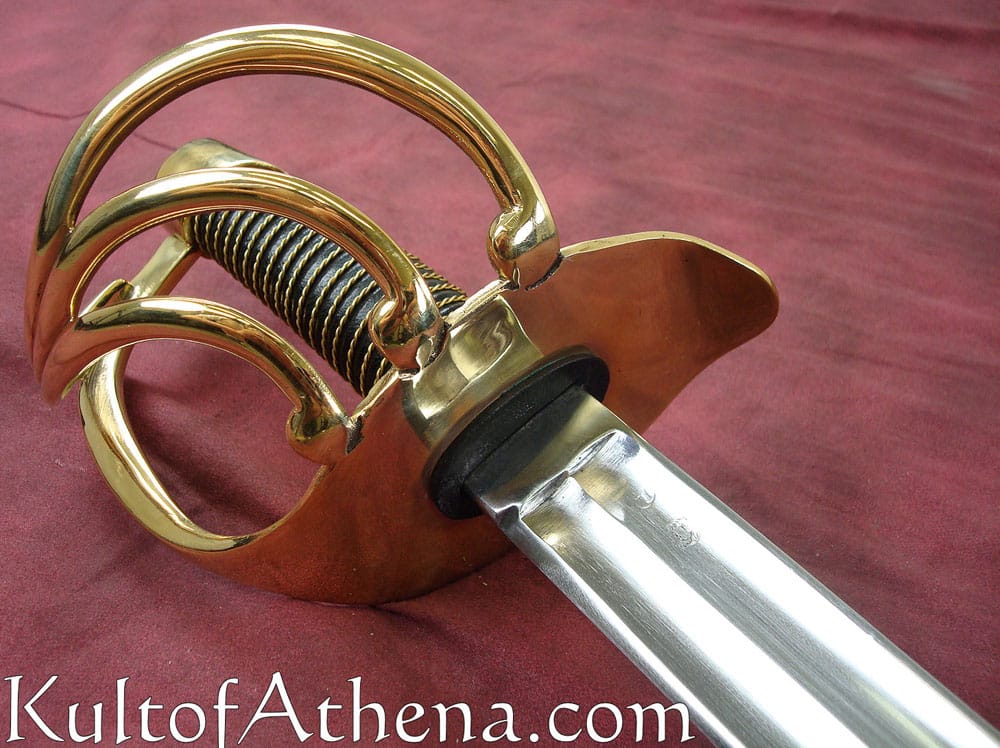
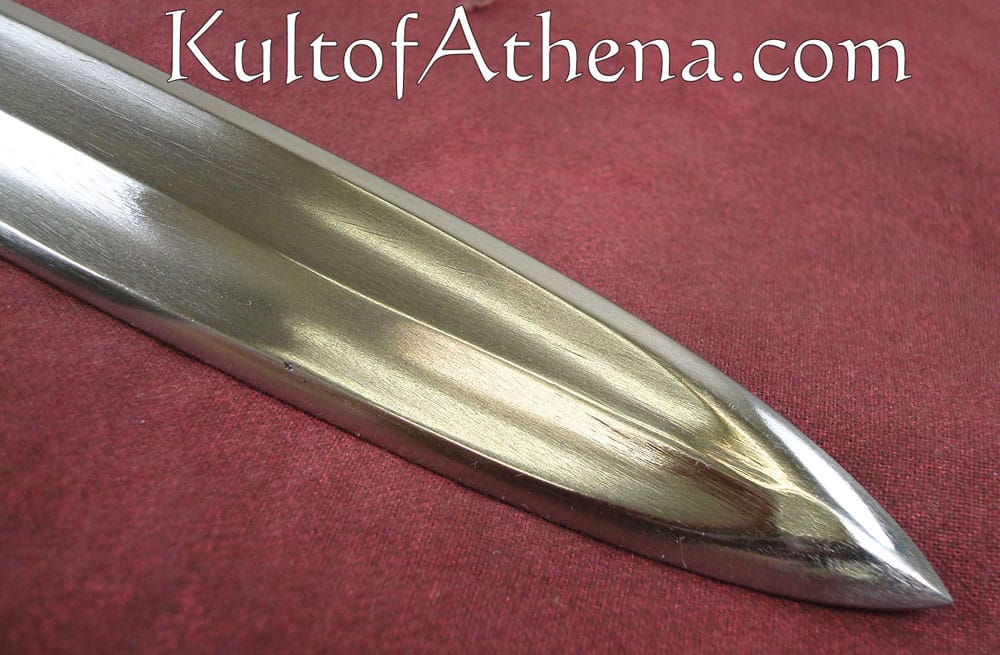

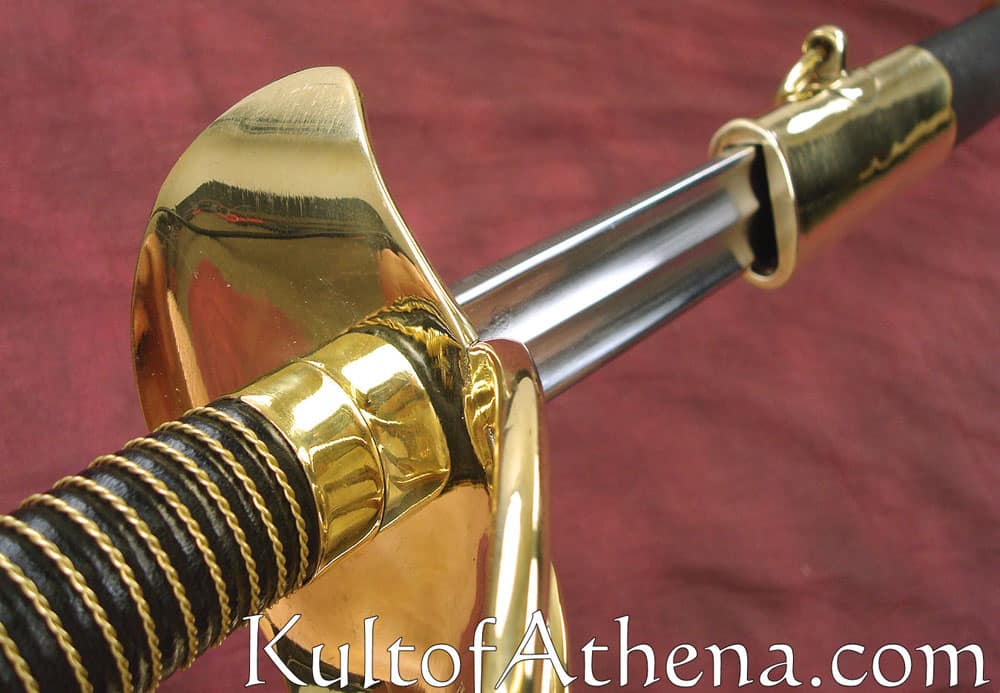
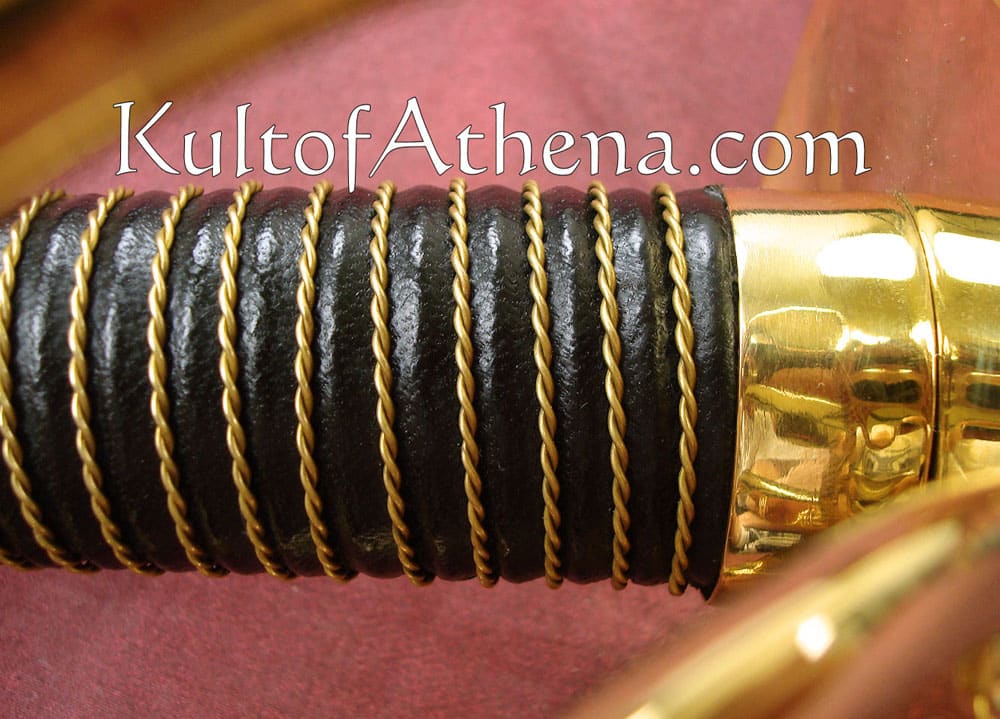
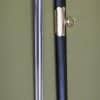
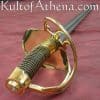
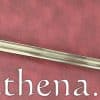
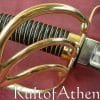

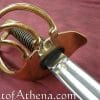
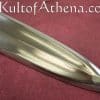
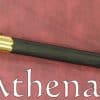
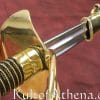
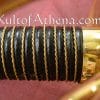
Reviews
There are no reviews yet.